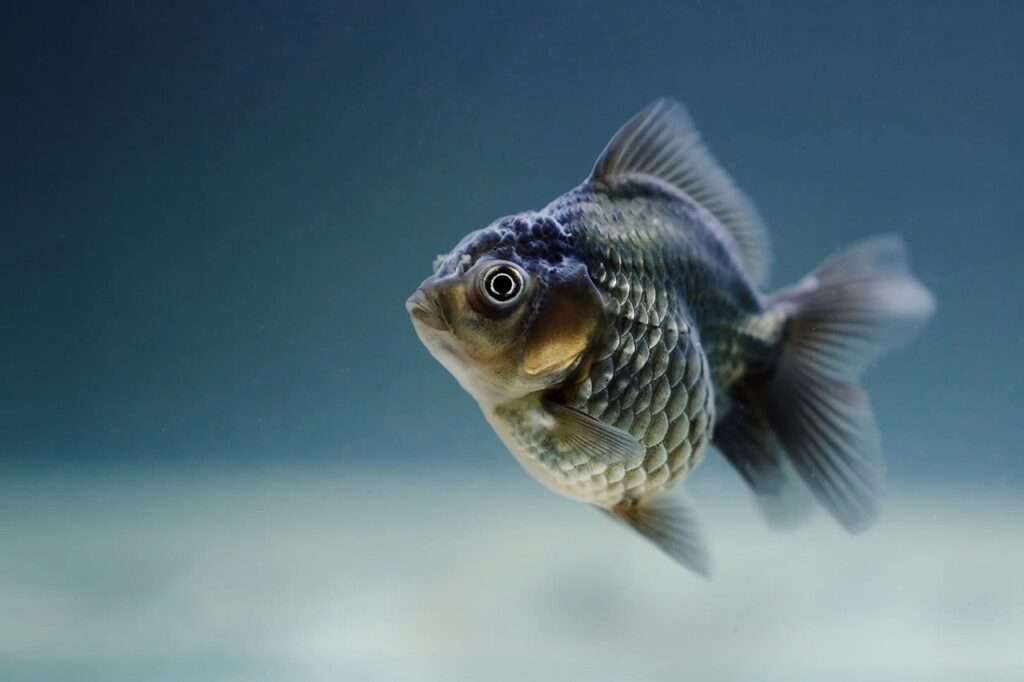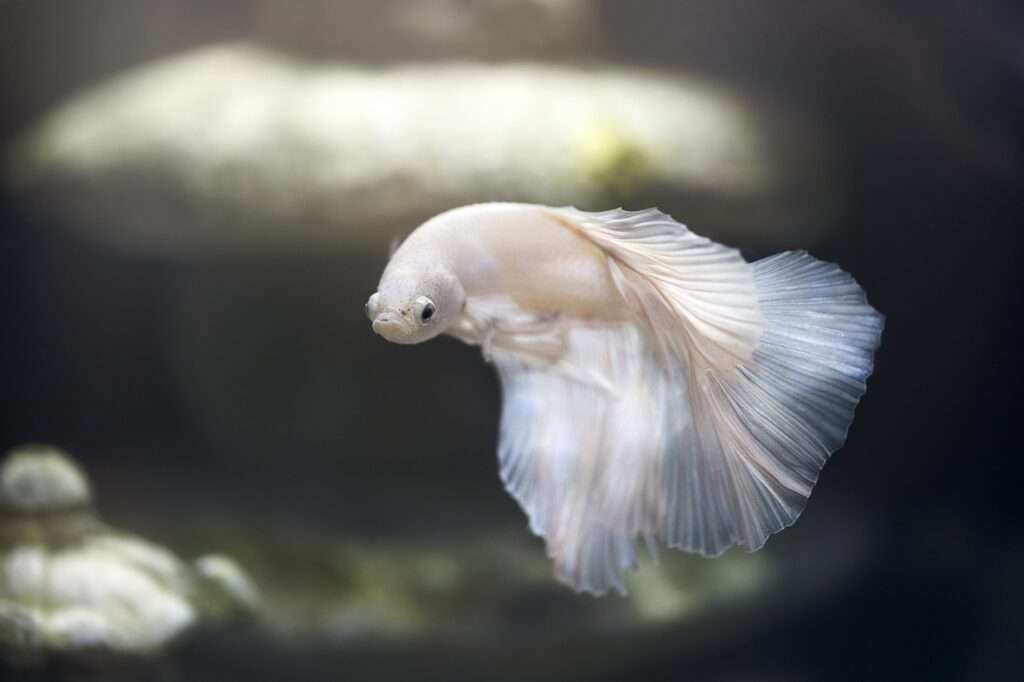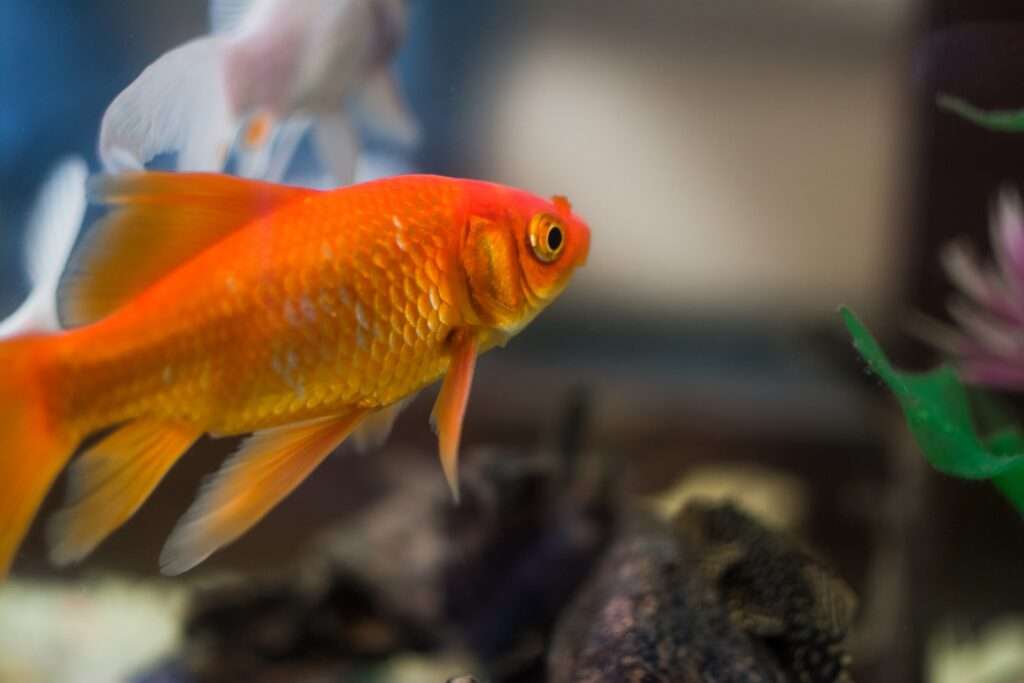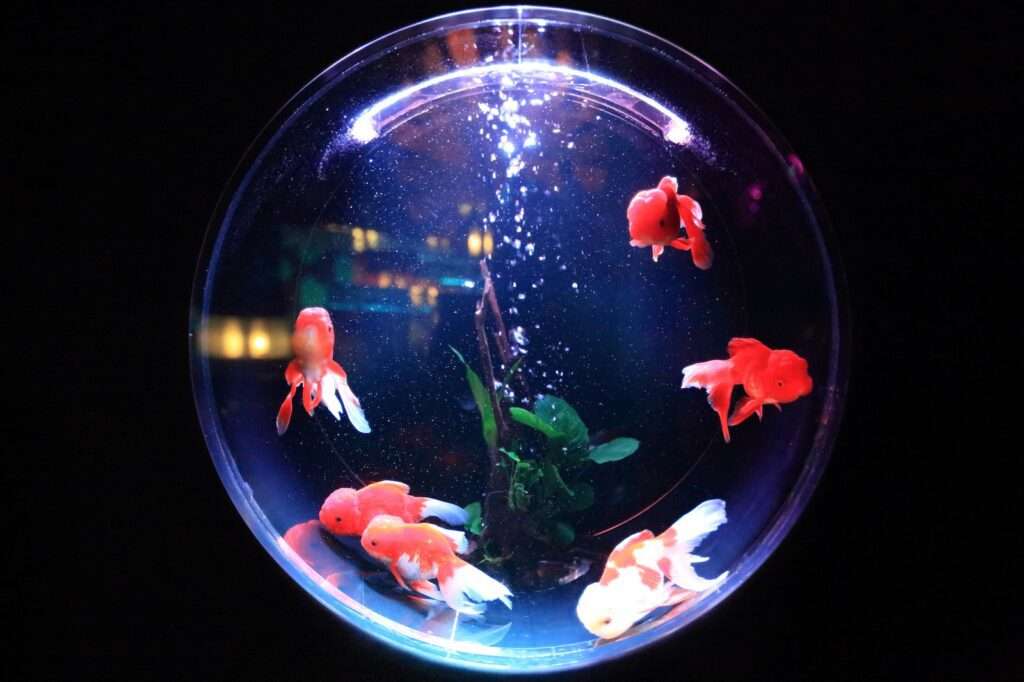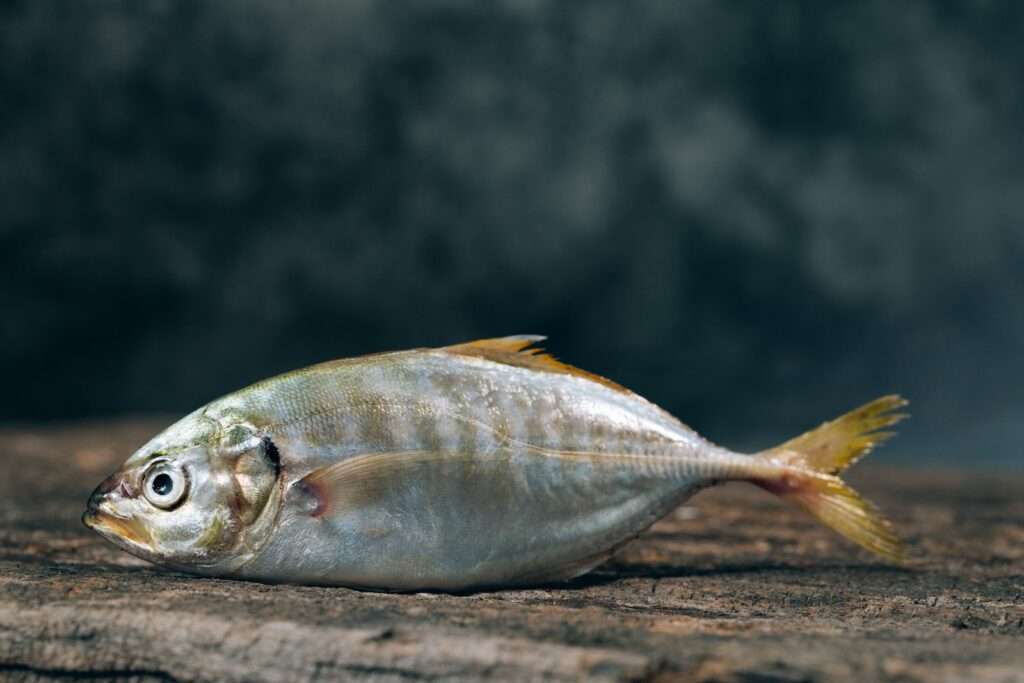Fish have always fascinated us with their vibrant colors, but did you know that these colors can actually reveal important information about their health? Changes in a fish’s coloration can indicate the presence of disease or stress, providing valuable insights into their overall well-being. In this article, we will explore the significance of color changes in fish and how they can help us understand disease-resistant traits.
Fish possess specialized pigment cells called chromatophores, which are responsible for their range of colors. These cells can expand or contract, altering the distribution of pigments and creating different color patterns. When a fish undergoes color changes, it means that these chromatophores are responding to internal and external stimuli.
There are several color changes that can indicate the presence of disease in fish. Paleness or fading colors, for example, can signify anemia or poor blood circulation. This could be caused by a parasitic infection, such as Ichthyophthirius multifiliis (or “Ich”), which affects the fish’s ability to extract oxygen from water. Darkening of the skin or the appearance of black spots can be linked to stress, bacterial infections, or the presence of parasites. This change in coloration may be a sign of a fish fighting against pathogens and trying to defend itself. Red patches or inflammation on a fish’s body can signal the onset of various infections, including bacterial or fungal diseases. White patches or a cloudy film covering the fish’s body might indicate a fungal infection.
Scientists and researchers have discovered that certain color changes in fish can unveil their disease-resistant traits. Fish with bright and vibrant colors often exhibit strong immune systems and robust health. Their ability to maintain and display vivid hues indicates their resistance to diseases and parasites. Breeding for vibrant colors can help develop more disease-resistant fish populations. Additionally, fish that quickly regain their normal coloration after experiencing a stressor or disease outbreak tend to possess robust immune systems. This ability to bounce back suggests the presence of strong disease resistance mechanisms. Fish that consistently display their characteristic colors are likely to have healthier immune systems, while frequent color changes or irregular patterns could be an indication of underlying health issues.
While most fish have the ability to change their colors to some extent, it is more prominent in certain species, such as chameleons or certain reef fish. However, changes in coloration can be observed in various fish species, albeit to a lesser degree. It’s important to note that not all color changes in fish indicate disease or stress. Fish can also change their colors in response to environmental factors, such as temperature, light, or social interactions. Understanding the context and considering other symptoms will help in determining whether the color changes are due to disease or other causes.
To prevent diseases that cause color changes in fish, maintaining a clean and well-balanced aquarium environment is crucial. Regular water quality testing, proper diet, and avoiding overcrowding can significantly reduce the risk of diseases. Quarantining new fish before introducing them to an established tank is also recommended. If you notice significant or persistent changes in your fish’s coloration, accompanied by other abnormal behaviors, it is advisable to consult a veterinarian experienced in fish health. They can help diagnose the underlying cause and provide appropriate treatment options.
In conclusion, decoding color changes in fish can provide valuable insights into their overall health and disease resistance. By paying attention to subtle alterations in their coloration, we can identify potential issues and take prompt action to ensure the well-being of our aquatic companions. Regular observation, proper care, and a proactive approach to disease prevention are essential in maintaining the vibrant beauty and health of our beloved fish.



